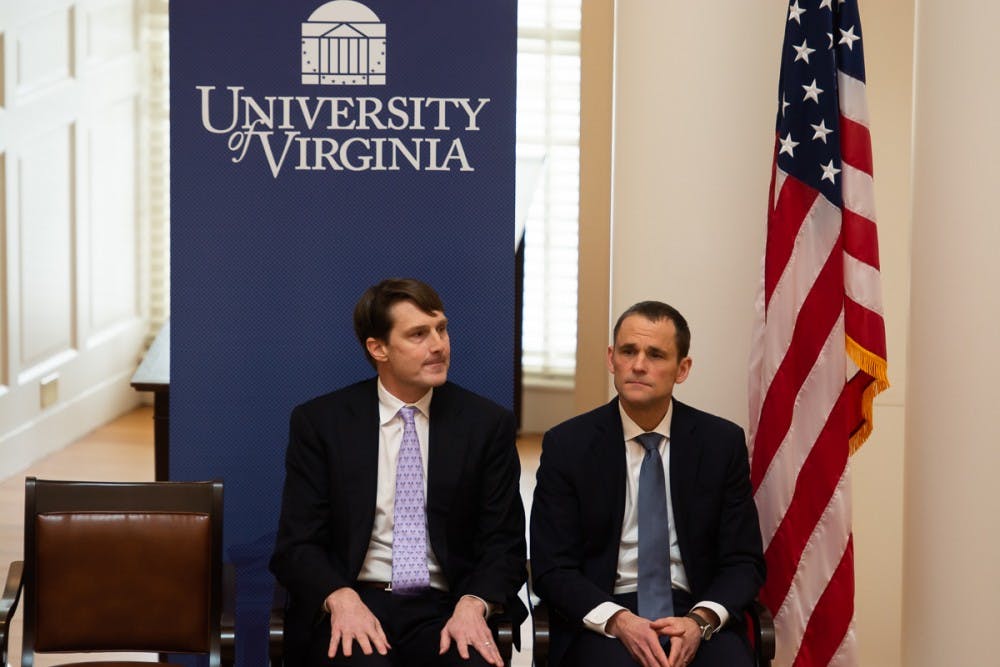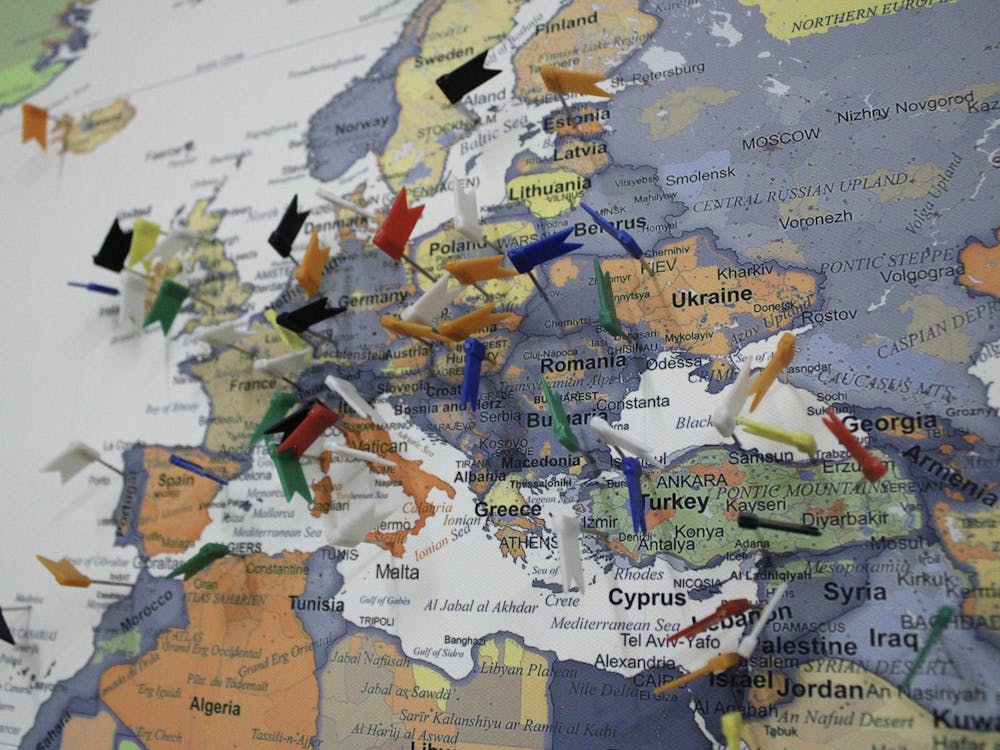The School of Data Science represents a new chapter both for University and higher education at large. Endowed by the Quantitative Foundation’s $120 million gift, this sum marks the highest private gift ever given in the University’s history. While the announcement generated a considerable amount of buzz about U.Va.’s future educational landscape, the real issue lies in the University’s future with alumni giving.
$120 million seems like an unprecedented amount of money to give as a gift to a university. But nationally, these types of massive mega-gifts have been a major factor in driving universities’ wealth — in 2017 alone, mega-gifts surpassing $10 million collectively generated over $6 billion for higher education institutes.
This new wave of mega-gifts has changed the landscape of university fundraising. Rather than court a wide swath of ordinary alumni for small donations, universities now feel the pressure to court big donors and attempt to score big. This shift stems from a myriad of factors. For one, the United States has a record amount of billionaires — 585 to be exact. For comparison, only 13 existed at the debut of the Forbes 400 list in 1982. With this growing class of the super rich, universities now have more opportunities than ever to snag mega-gifts.
At the same time, this fundraising shift didn’t occur independently of other factors. The traditional fundraising campaigns directed at alumni bases have become less successful. Middle America simply has less to give, with their expendable incomes shrinking since the early aughts. Meanwhile, the losses incurred for the middle class ended up largely in the coffers of top 1 percent over the past decade. With wealth steadily accumulating within a small pool of Americans, many institutions have had to turn towards the economic elite in order to reach benchmark fundraising goals through lump-sum donations.
The University of California, San Francisco raked in $500 million from the Helen Diller Foundation. The University of Oregon received a similar sum from Phil and Peggy Knight, the co-founders of Nike. John Paulson gave Harvard 400 million to endow their engineering and applied sciences school. Against this backdrop, the University’s new Data Science school, funded by a similarly hefty gift, seems to be more normal than one might first believe.
However, there are significant drawbacks if this fundraising trend continues. With the wealth gap mirroring the status of charitable giving in the United States, fewer and fewer individuals have the opportunity to impact their alma maters. This inequality compounds other forms of existing inequalities, such as the fundraising discrepancies between historically black college and universities and primarily white institutions — HBCUs largely have not benefited from windfall donations that largely benefit PWIs. Beyond racial inequity, elite universities possessing institutional wealth tend to be the beneficiaries of large gifts, compounding their already wide-reaching influence and power in higher education. As a result, plutocrats have consolidated their ability to have outside influence on higher education and double down on the institutions that protect their wealth and prestige. Less affluent alumni lose their ability to have a more democratic impact on their alma maters.
Universities are already allocating resources towards “major gift fundraising” in order to bypass the bone-dry and lukewarm giving patterns of ordinary alumni and target the magnates. As a result, current institutions rest in constant state of flux, where their fund goals rely on the fickle aims of wealthy. Instead of fishing with large nets, now universities essentially attempt to hunt the Moby Dicks of donors. The instability becomes ingrained for resource attainment.
In essence, the University’s new Data Science school represents a new era of fat cats dictating our educational frontier. As long as institutions remain bound to cash flow coming from the top 1 percent, students, faculty, staff and alumni are going to have to give up control of the direction of where their resources are headed, in this case, towards a Data Science school. In the meantime, the Living Wage Campaign and a sufficient expansion of on-Grounds housing to mitigate the increasing rent prices in the Charlottesville/Albemarle area have to be placed on the backburner.
When the money comes from outside sources, the nexus of control remains outside of the realm of those who have the largest right to allocate the resources. If the University becomes dependent on large donors, the Charlottesville community has to become prepared to see their landscape redirected by the whims of mega-wealthy, making what’s “our to shape” shaped for us.
Katherine Smith is a Senior Opinion Columnist for The Cavalier Daily. She can be reached at k.smith@cavalierdaily.com.







